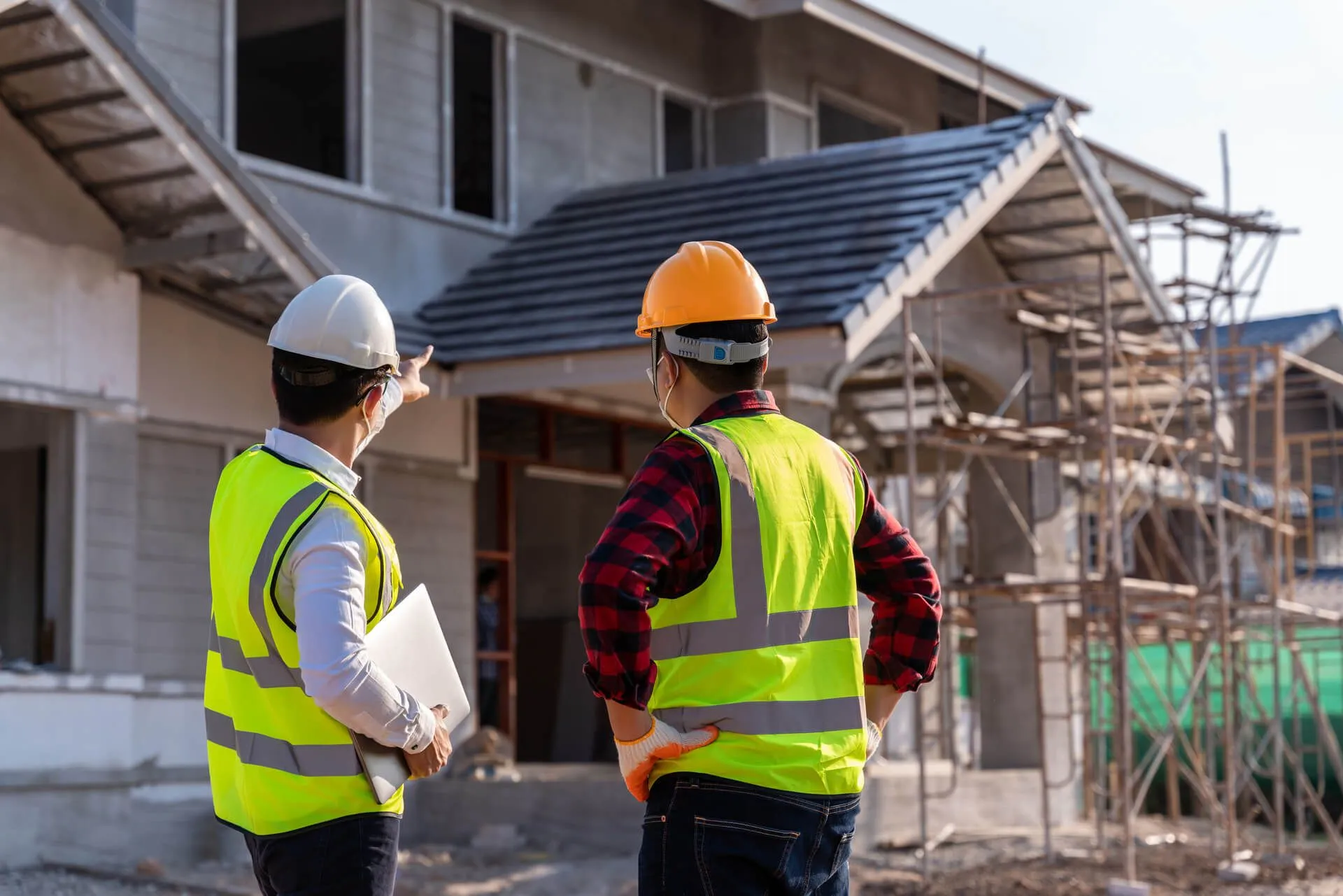The Importance of New Construction Home Inspections: Ensuring Quality and Safety in Your New Home
When people imagine buying a brand-new home, they often picture perfection—shiny floors, flawless walls, and systems that work without a hitch. It’s natural to assume that a new build, created with modern materials and techniques, will be free from problems. However, the reality is that even the most carefully planned construction projects can have hidden flaws. This is where a new construction home inspection becomes essential.
A new construction home inspection is not about finding fault with builders. Instead, it is a proactive step that ensures the home you move into is safe, functional, and built to the standards you expect. By identifying potential issues early, inspections save homeowners from frustration down the road and provide reassurance that their investment is protected.
Why New Homes Need Inspections
It may seem counterintuitive to inspect something that was just built. After all, unlike an older property, there are no decades of wear and tear to worry about. Yet construction involves many trades—framers, plumbers, electricians, roofers, and more. Even when each team does excellent work, details can get overlooked or rushed due to tight schedules.
Some common reasons why new homes require inspections include:
- Human error: Construction crews are skilled, but mistakes are inevitable in any project.
- Oversight: With so many hands on the job, small defects may be missed during final checks.
- Complex systems: Modern homes have intricate plumbing, wiring, and HVAC systems that need careful evaluation.
- Peace of mind: An inspection provides homeowners with confidence that nothing has been overlooked.
In short, just because a home is new does not mean it is flawless. Inspections act as the final layer of quality control.
Common Issues Found in New Construction
Construction and building inspectors often find recurring concerns in newly built houses, many of which are not visible to the untrained eye. Examples include:
- Structural imperfections – Hairline cracks in the foundation or uneven flooring.
- Roofing errors – Missing shingles, improperly sealed flashing, or gaps that allow moisture inside.
- Plumbing leaks – Loose fittings, poorly sealed joints, or drainage problems.
- Electrical concerns – Exposed wiring, loose outlets, or misconnected circuits.
- Insulation and ventilation issues – Areas where insulation is missing or inadequate airflow reduces energy efficiency.
- Windows and doors – Misaligned frames that cause drafts or difficulty closing properly.
Catching these issues early helps prevent them from becoming long-term headaches once the homeowner has settled in.
The Role of Phased Inspections
A single inspection at the end of construction is valuable, but some homeowners choose phased inspections during the building process. This approach breaks the inspection into stages, such as:
- Foundation inspection – Ensures proper grading, drainage, and support before concrete is poured.
- Framing inspection – Checks that the skeleton of the house is level, secure, and compliant with building codes.
- Pre-drywall inspection – Reviews plumbing, wiring, and insulation before walls are sealed.
- Final inspection – A comprehensive review of the finished property, from roofing to flooring.
Phased inspections provide greater oversight, allowing issues to be corrected immediately instead of after completion.
Benefits of a New Construction Home Inspection
Choosing to have a new construction home inspected offers several important benefits:
- Safety assurance: Confirms that electrical systems, plumbing, and structural elements are safe for occupants.
- Quality control: Ensures that the workmanship aligns with accepted building practices and design plans.
- Early detection of flaws: Identifies defects while it is still possible to address them quickly.
- Long-term protection: Prevents small problems from becoming major concerns years later.
- Confidence for homeowners: Provides peace of mind when moving into a new space.
An inspection doesn’t just protect against current issues—it also safeguards the future livability of the home.
What Inspectors Look For
A new construction home inspection is thorough, covering multiple systems and components. Typical areas of focus include:
- Exterior: Roofing, siding, drainage, grading, driveways, and decks.
- Interior: Floors, walls, ceilings, staircases, windows, and doors.
- Plumbing: Pipes, fixtures, water pressure, and drainage.
- Electrical: Outlets, switches, panels, and safety devices.
- HVAC: Heating and cooling systems, ducts, and ventilation.
- Insulation: Attic, walls, and crawl spaces.
- Safety features: Fire alarms, carbon monoxide detectors, and emergency egress points.
This level of detail ensures that nothing is missed before a family moves in.
Preparing for a New Construction Inspection
Homeowners can take a few steps to make the process smoother:
- Schedule early – Book the inspection before moving in to allow time for repairs.
- Be present if possible – Walking through with the inspector provides firsthand understanding of any issues.
- Ask questions – Inspectors are valuable resources who can explain concerns clearly.
- Review the report carefully – Detailed reports often include photos and notes to guide necessary corrections.
Active involvement ensures that the homeowner feels confident about the final outcome.
Choosing a Qualified Inspector
Not all inspectors specialize in new construction. When selecting a professional, it’s wise to look for:
- Experience with recently built homes.
- Knowledge of local building codes and standards.
- Attention to detail and thorough reporting.
- Positive reputation and references from past clients.
An inspector familiar with new builds will be better equipped to spot issues unique to modern construction practices.
Final Thoughts
A new construction home inspection is more than just a formality—it is a safeguard for one of life’s biggest investments. While builders strive to deliver high-quality homes, the complexity of construction means that mistakes can happen. Inspections bring an added layer of security, ensuring the property is safe, sound, and ready to serve its new occupants well.
For homeowners, the process provides peace of mind, knowing their new space is everything it should be: strong, safe, and built to last. A little extra diligence during construction can make a big difference in the long-term enjoyment of a brand-new home.
Keep an eye for more latest news & updates on BlogBuzzNews!





